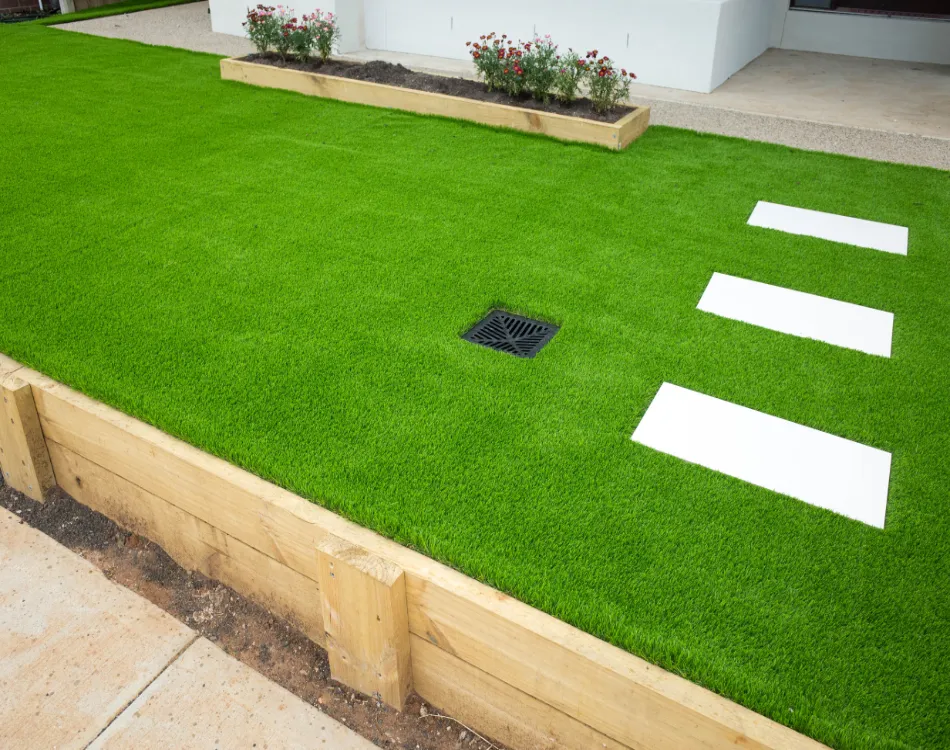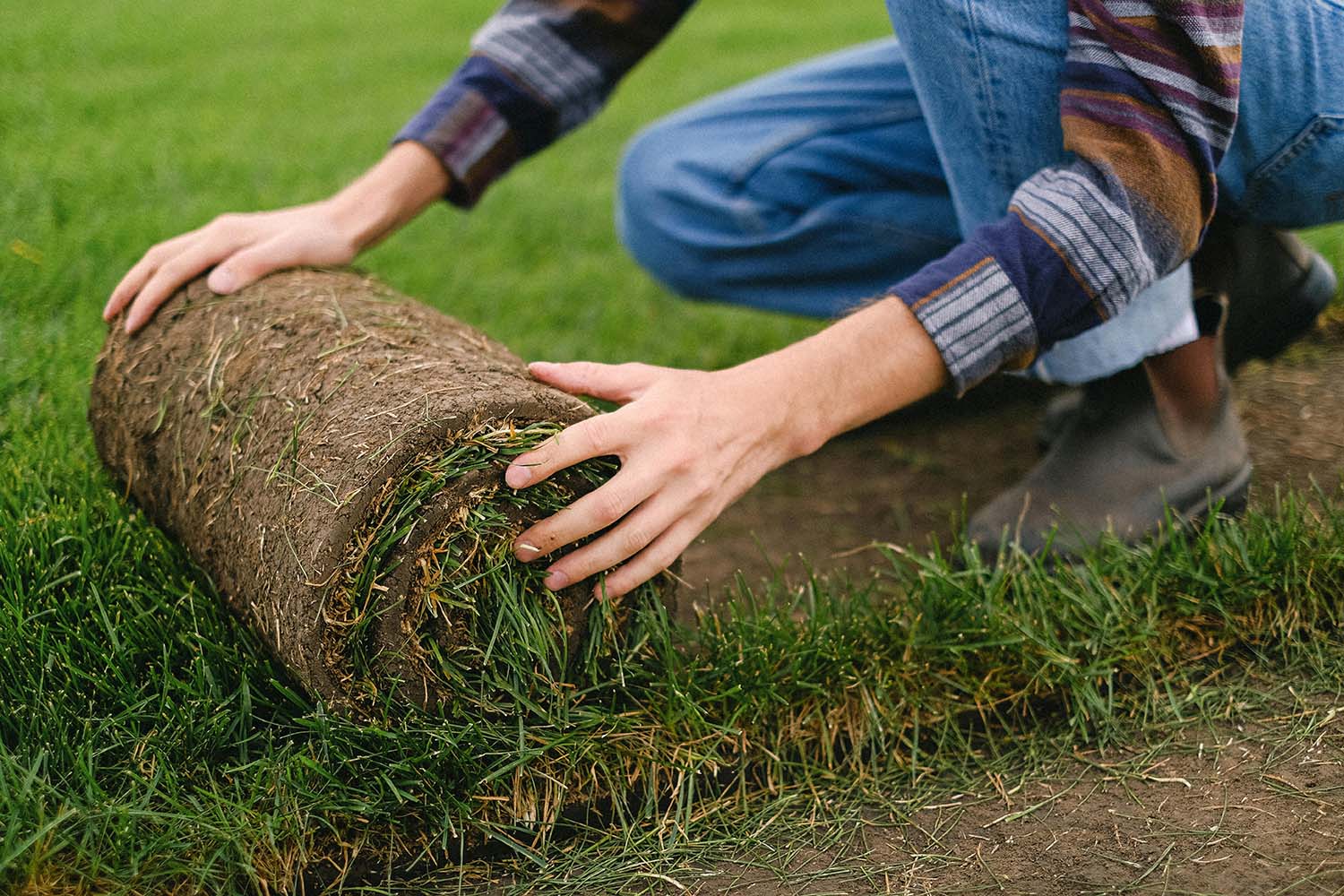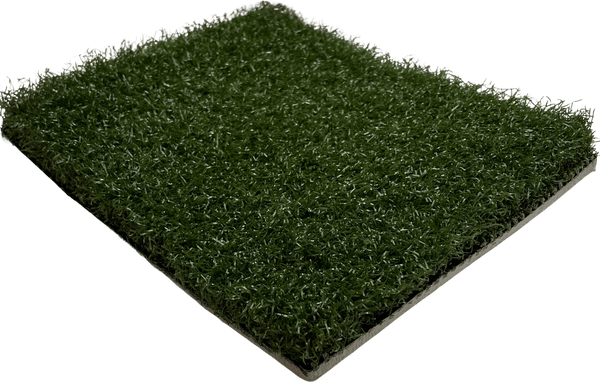Budget-Friendly Turf Installation Phoenix AZ for a Easy-Care Lawn Solution
Budget-Friendly Turf Installation Phoenix AZ for a Easy-Care Lawn Solution
Blog Article
Look Into the Environmental Benefits of Opting for Synthetic Grass Solutions
The fostering of man-made lawn options presents a compelling possibility to address pushing ecological difficulties. By substantially minimizing water use and reducing the application of harmful chemicals, these options not only advertise lasting landscape design but additionally shield local environments.
Water Conservation Perks
One of the most substantial advantages of artificial turf is its ability to preserve water. In comparison, synthetic turf does not need watering, significantly reducing the total demand for water resources.
By eliminating the requirement for normal watering, fabricated grass adds to lasting landscape methods and aids minimize the environmental impact of extreme water consumption. The preservation of water expands to the reduction of drainage, which can lead to soil disintegration and waterway pollution.
Furthermore, the setup of synthetic grass enables property owners and towns to allot water sources much more effectively, concentrating on essential usages such as drinking water and agriculture. The shift in the direction of artificial lawn not just promotes responsible water use however also aligns with broader ecological objectives intended at maintaining natural deposits.
As areas significantly prioritize sustainability, the water conservation advantages of synthetic grass offer an engaging instance for its adoption in domestic and commercial landscape design jobs.
Lowered Chemical Usage
The shift to synthetic grass significantly reduces the reliance on chemical treatments typically made use of in all-natural yard maintenance. Conventional turf monitoring commonly includes the application of herbicides, fertilizers, and pesticides to promote growth and control bugs. These chemicals can posture risks to human health, local wildlife, and the environment, adding to soil and water contamination.
On the other hand, man-made grass eliminates the demand for these unsafe substances. When set up, it calls for very little maintenance, mostly consisting of regular cleansing and seldom infill replenishment. This reduction in chemical usage not only benefits the prompt setting but additionally adds to wider environmental stability. By reducing the launch of artificial compounds right into the ecological community, fabricated lawn advertises healthier soil and water systems.
Additionally, the absence of chemical drainage related to artificial lawn installations helps protect local waterways from pollution, sustaining marine life and keeping biodiversity. Turf installation phoenix az. As communities increasingly focus on lasting techniques, going with artificial turf presents a feasible option that lines up with environmental preservation goals. With this change, homeowner can take pleasure in rich environment-friendly areas without endangering eco-friendly wellness, leading the method for an extra lasting future
Reduced Carbon Impact

Furthermore, the installation of synthetic grass can cause substantial water preservation. All-natural yards require substantial quantities of water for irrigation, which not only includes in the carbon footprint associated with water extraction and therapy however likewise pressures neighborhood water resources. In contrast, synthetic grass requires marginal upkeep, requiring no watering, thereby considerably lowering water usage and its connected power expenses.
Furthermore, the longevity of synthetic grass adds to its reduced carbon impact. you could try here With a lifespan of approximately 15 years or more, the need for regular substitutes is decreased, leading to less waste and reduced power consumption in manufacturing and dealing with typical turf options. In general, man-made turf offers a sustainable alternative for environmentally conscious landscaping.
Environment Conservation
Environment conservation is an important consideration in the discussion over landscape design selections, particularly when comparing synthetic grass to all-natural turf. Natural turf yards commonly require extensive maintenance, consisting of making use of plant foods, chemicals, and herbicides, which can detrimentally influence local environments. These chemicals can leach into the dirt and rivers, damaging indigenous plants and animals and disrupting neighborhood environments.
On the other hand, synthetic grass presents an opportunity to minimize the ecological footprint of landscaping. By deciding for artificial lawn, property owners can reduce the interruption of all-natural environments connected with traditional grass care techniques. Synthetic grass removes the requirement for damaging chemicals, therefore shielding close-by wildlife and keeping the honesty of bordering communities. The installment go to this site of fabricated lawn can lead to the conversion of former lawn areas into even more biodiverse landscapes, such as pollinator yards or indigenous plant locations, which can support neighborhood wild animals.
Eventually, the change to synthetic grass not just conserves water and lowers upkeep initiatives however additionally fosters a more unified connection in between human tasks and the natural surroundings, advertising environment preservation at the same time.
Long-Term Sustainability
Lasting sustainability is an essential element in examining the benefits of synthetic lawn over typical lawn lawns. Among one of the most significant benefits of fabricated turf is its resilience; it can last up to 15-20 years with minimal maintenance, whereas all-natural yard needs regular reseeding and substitute. This longevity decreases the requirement for constant sources, such as water, fertilizers, and chemicals, which are vital for maintaining a healthy grass yard.
Additionally, synthetic grass adds to a decrease in carbon emissions related to lawn treatment equipment. Traditional grass often call for gas-powered lawn their website mowers, leaners, and blowers, every one of which add to air contamination. Phoenix turf companies. On the other hand, man-made turf gets rid of the need for such equipment, advertising a cleaner environment
Furthermore, the production of fabricated lawn progressively makes use of recycled products, boosting its sustainability account. As producers adopt environmentally friendly techniques, the environmental impact of fabricated turf proceeds to diminish.

Conclusion
The adoption of synthetic grass services provides considerable ecological benefits, consisting of significant water preservation, reduced reliance on hazardous chemicals, and a lower carbon footprint. Moreover, man-made turf aids in protecting natural habitats by lessening land disruption and promoting long-term sustainability via the use of resilient materials. Collectively, these factors emphasize the potential of synthetic grass to add favorably to environmental health and wellness and use a sensible option to conventional landscape design practices in a progressively resource-conscious world.
In comparison, fabricated grass does not require watering, significantly lowering the general demand for water resources. By minimizing the release of artificial compounds right into the ecological community, fabricated grass advertises healthier dirt and water systems.
Furthermore, the installment of man-made turf can result in significant water conservation. In contrast, fabricated turf requires minimal upkeep, needing no watering, thereby dramatically decreasing water use and its linked power costs.

Report this page